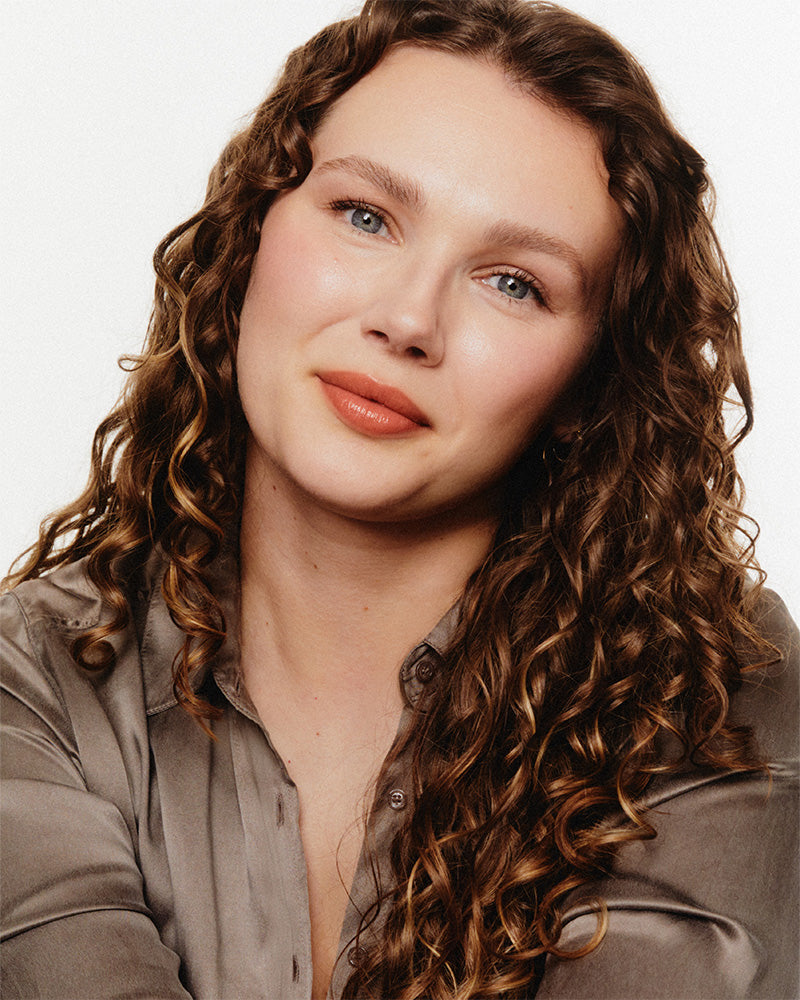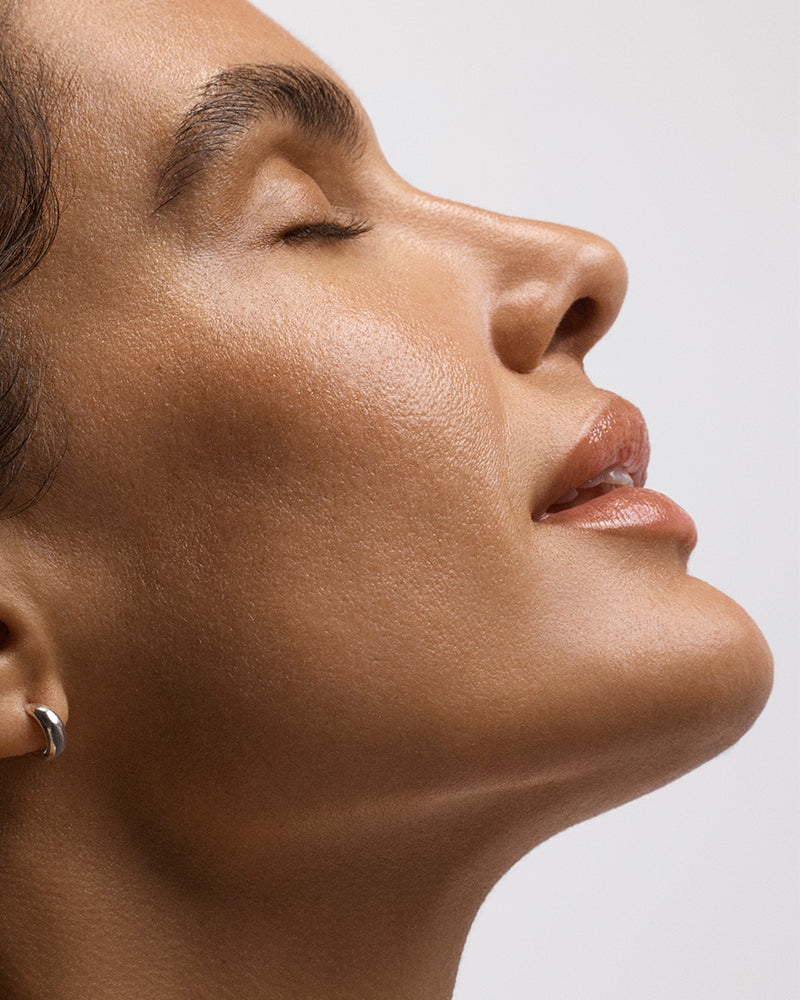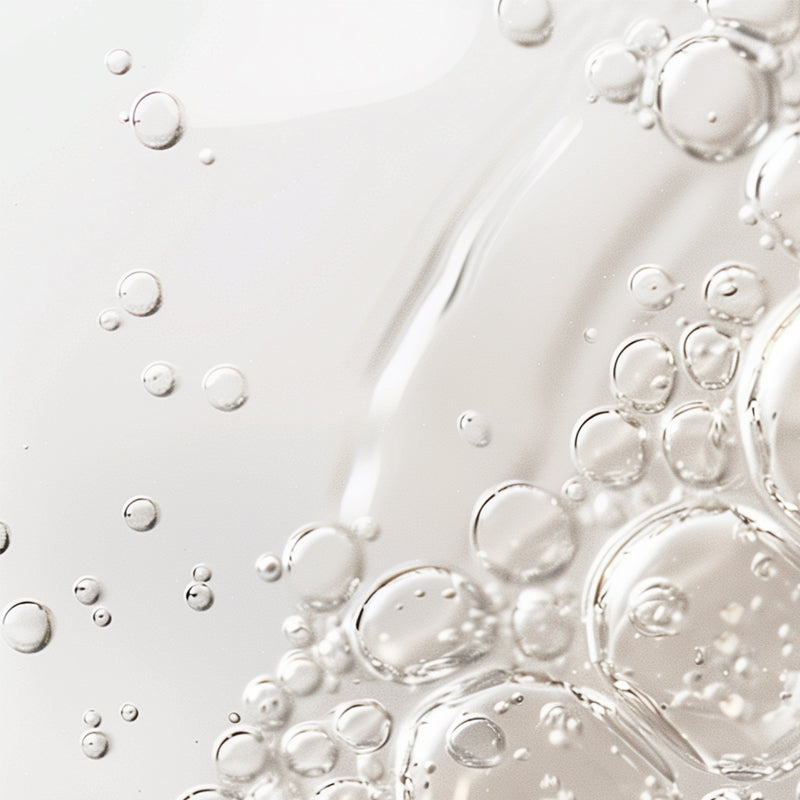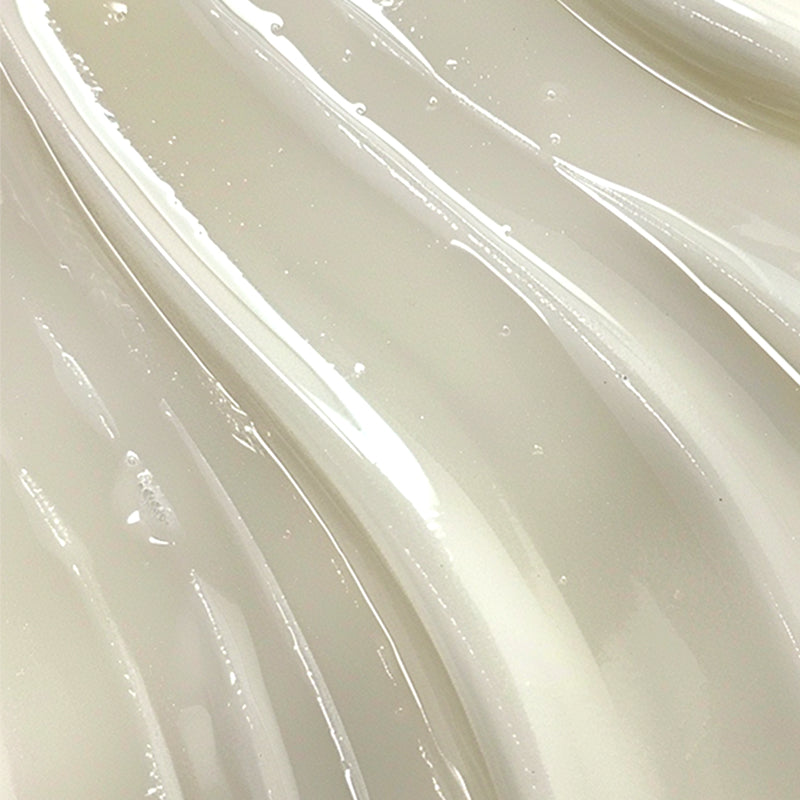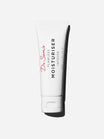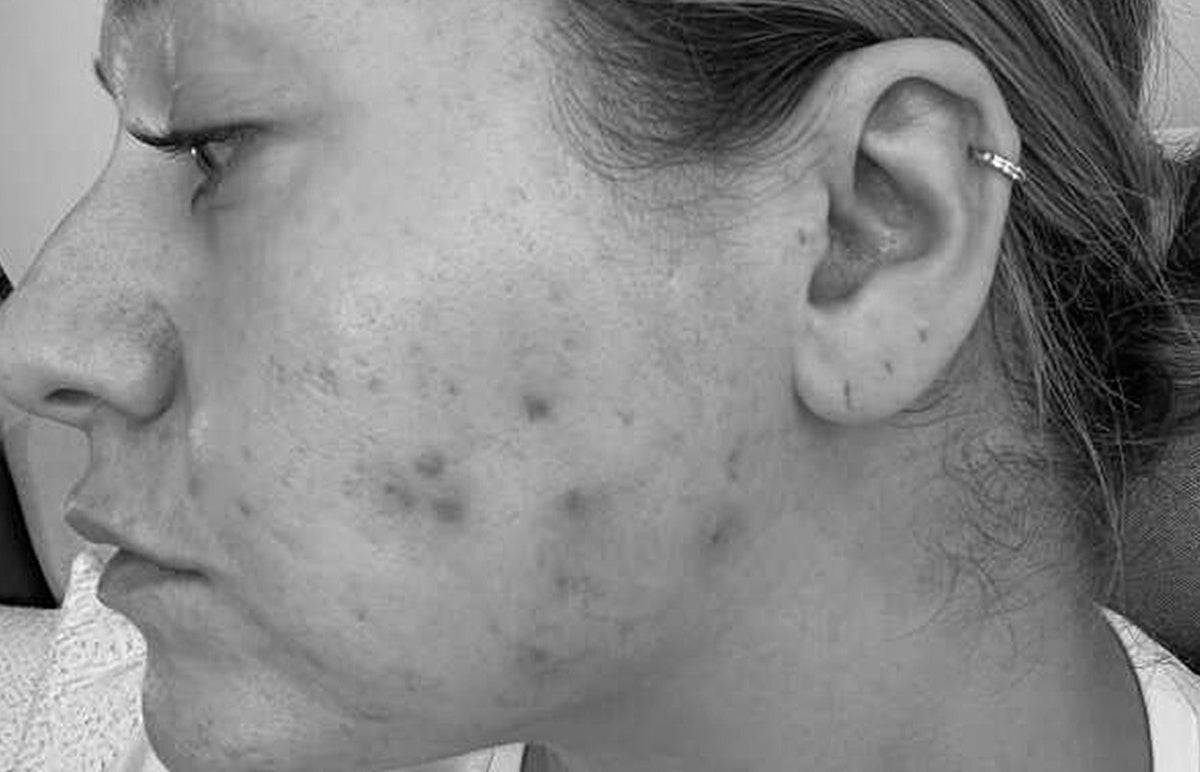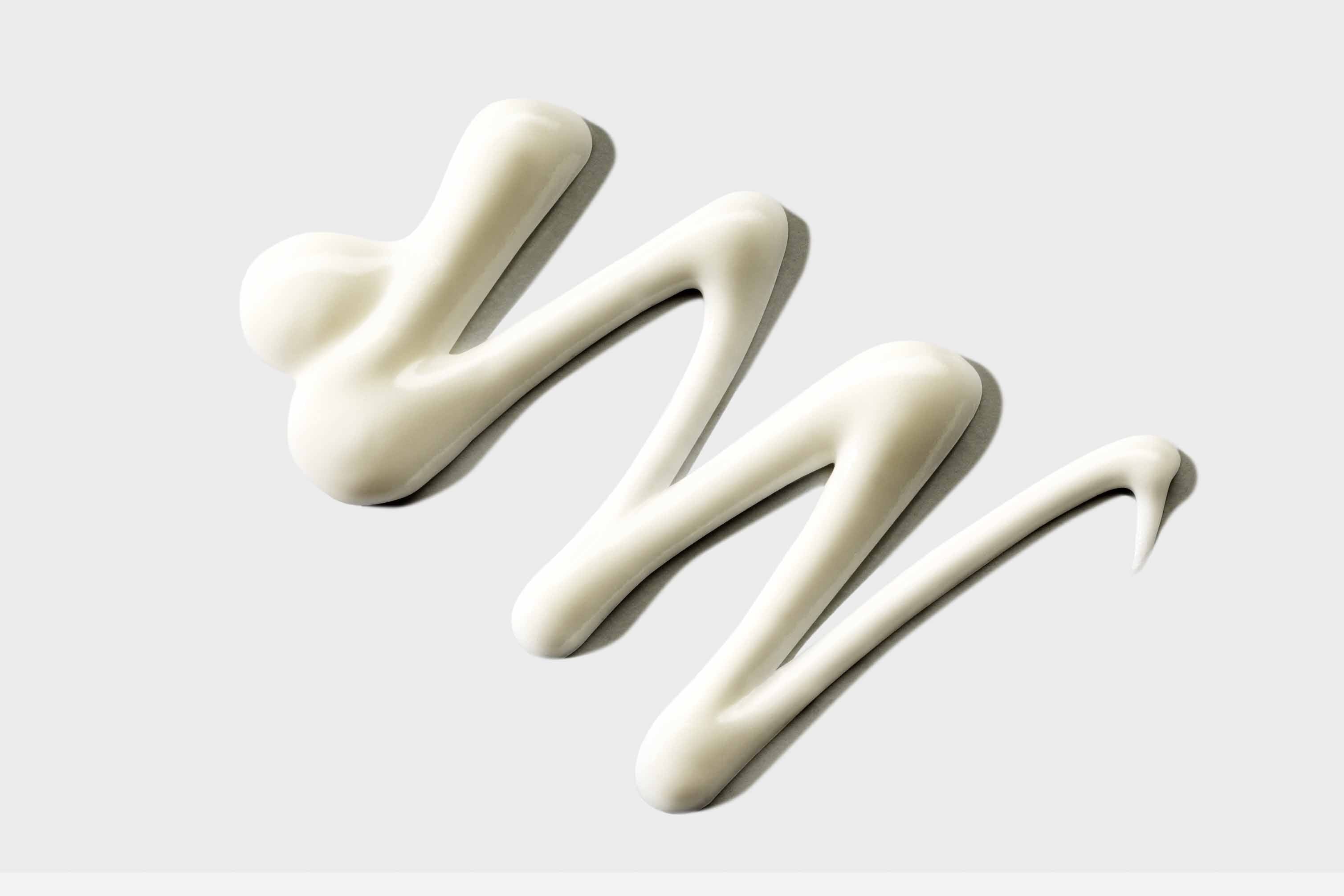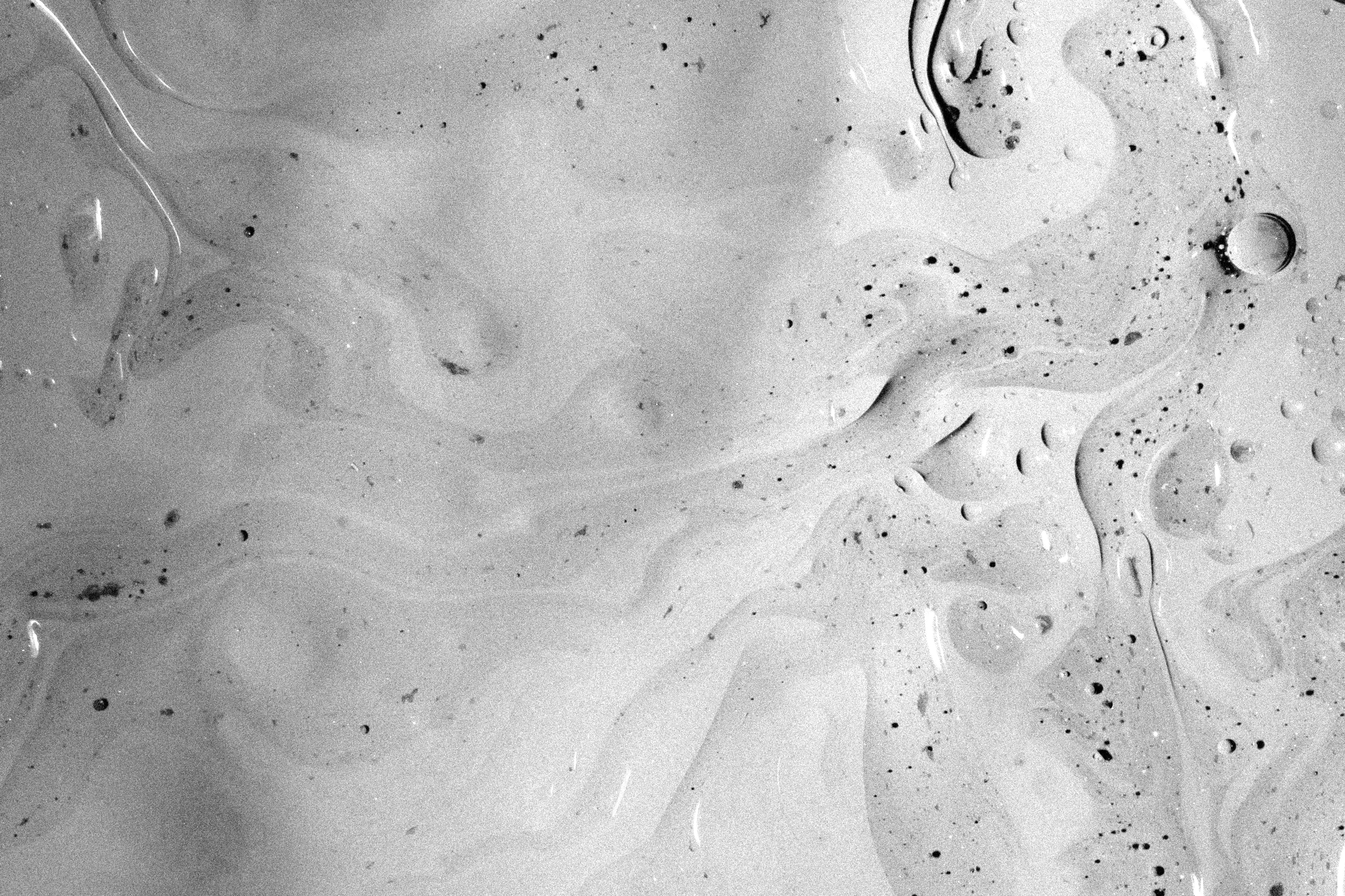Ever wondered what’s the cause of those annoying skin-coloured bumps you can see on your forehead? More often than not, they’ll be a pesky skin issue called a closed comedone, and alas, they tend to travel in groups. They’re currently having a moment on TikTok because, quite frankly, they get in the way of your “Clean Girl” aesthetic. They create texture, rather than that desirable, glass skin smooth finish.
What are closed comedones?
Pores are tiny openings in the skin connected to hair follicles and oil glands. They play a crucial role in releasing oils and sweat to the skin's surface. During puberty, increased oil production and sticky dead skin cells can lead to blockages. Hello, comedones.
Are closed comedones whiteheads?
When these blockages are exposed to air, they become blackheads (open comedones), while those not exposed sitting below the skin’s surface are known as whiteheads (closed comedones). Now, these are not the same as pustules - which are inflammatory at their base (meaning red and angry) with a white head of pus atop. Comedones are pus-free!
Do closed comedones get worse with my period?
Hormones can certainly aggravate them, typically in the 2nd half of your cycle. For some people, the Oral Contraceptive Pill can help, as this dramatically reduces your oil production.
It's important to note that every acne breakout starts with a blocked pore, highlighting the significance of keeping your pores clear to control acne as a root cause intervention.
How to Treat Closed Comedones?
Resolution is going to take time. This is the first thing to be aware of. Even more importantly, things might look worse before they get better. What is clogged can be quite a mission to unclog. The timeframe for improvement is undoubtedly months, not weeks. So settle in and stay on course! Do try to ignore some initial ups and downs - a little purging is perfectly normal.
Step 1 - Remove Any Triggers.
Start by assessing your current skincare routine and eliminate any products that may be triggering your skin or clogging your pores. This step may involve eliminating high-risk products such as facial oils, balms, and longwear foundations known to be more prone to clogging pores.
Tailoring your skincare routine to your individual needs is crucial for achieving effective results. It’s important to also look at your haircare - the forehead is a common site for texture, congestion, and acne cosmetica, due to pore-blocking occlusive ingredients. Similarly, a helmet strap can be a trigger in cyclists due to friction.
Rookie error: Don't miss editing your make-up - products that can contribute include longwear formulas, setting sprays and even dyes, often the red and yellow dyes.
Step 2 - Use a Beta Hydroxy Acid (BHA).
Beta-hydroxy acids, specifically salicylic acid, are exfoliants that can penetrate deep into the pores due to their oil-soluble nature. Studies have shown that salicylic acid effectively exfoliates the skin, unclogs pores, and reduces the formation of closed comedones. Consider using a leave-on product with 1-2% BHA, ensuring it does not contain alcohol or fragrance.
Rookie error: Skip AHAs - these won’t get into the oily pore as they’re water soluble.
Step 3 - Consider Using Azelaic Acid.
This has to be one of my absolute favourites for tackling texture.
Azelaic acid is a highly-recommended ingredient for addressing clogged pores and preventing further congestion. The word acid is a bit misleading here - it’s not dissolving skin cell bounds, like a conventional alpha hydroxy acid. Rather, a bit like a retinoid, it’s improving the whole process of keratinocyte differentiation - what this means in practice is that the fully fledged corneocytes are less likely to clump together and form blockages.
Its anti-inflammatory properties also help reduce redness associated with breakouts, and it helps improve the appearance of post-blemish dark marks. Azelaic acid is well-tolerated and can be safely used during pregnancy and breastfeeding, making it an excellent addition to your skincare regimen.
 Shop Flawless Brightly 10% Azelaic Acid Serum
Shop Flawless Brightly 10% Azelaic Acid Serum
If you’ve got acne too, consider benzoyl peroxide. Comedolytic and antibacterial, this can even be combined with a retinoid in the form of Epiduo for a comedonal double whammy.
Comedolytic is the term for breaking down comedones - if an ingredient prevents them forming altogether, it’s a primary comedolytic. If it gets rid of existing ones, it's a secondary comedolytic. Retinoids and azelaic acid are the former, whereas BPO and salicylic acid are the latter.
If you’re in the US, you might be using topical dapsone for acne - now it is less effective at clearing non-inflammatory lesions than inflammatory ones in acne, compared to a retinoid + BPO.
Step 4 - Introduce a Retinoid.
Retinoids are known as comedolytics because they help remove existing clogged pores and prevent future ones from forming. The latest evidence-based research supports the use of retinoids, such as adapalene and tretinoin, for treating closed comedones. These studies have shown that retinoids effectively promote cell turnover, prevent pore blockage, and improve the overall appearance of the skin. When incorporating a retinoid into your skincare routine, start with a low potency product and gradually increase the strength to avoid potential skin irritation.
Reminder: You might be inclined to give up as skin is likely to purge a bit - don’t!!! This is something to push through.
 Shop Flawless Nightly 2% Retinoid Serum
Shop Flawless Nightly 2% Retinoid Serum
Step 5 - Niacinamide Is a Great Support Act.
Niacinamide is a gentle yet powerful ingredient known for its anti-inflammatory properties and its ability to clear pores and balance the skin barrier. Recent research has highlighted the benefits of niacinamide in reducing the formation of closed comedones. Its gentle nature makes it recommended for individuals with sensitive skin. Niacinamide complements exfoliating acids and retinoids, which can sometimes irritate the skin, making it a versatile addition to any skincare routine.
On its own it's unlikely to solve closed comedones, so combine it with other actives, as it plays well with most ingredients.
Step 6 - Consider stopping your vitamin C
People are often not a fan of this, but if my patients are getting closed comedones or going through a breakout this is a strategy I frequently adopt. It doesn’t happen to everyone but if you’re using it and your skin is congested, try pressing pause until you’ve tried the other strategies.
What are the Common Areas Affected by Closed Comedones?
Closed comedones tend to show up in areas where oil glands are most active, such as the forehead, nose, and chin. However, they can occur anywhere on the face, and even on the top of the chest and back, where sebaceous glands are densely packed.
Comedonal acne is noninflammatory. The lesions do not usually contain pus or the bacteria that can cause acne. They’re also typically neither red nor tender to the touch. However, they might appear alongside inflamed blemishes in someone with acne - but they might not!
What to Avoid with Closed Comedones
Should You Squeeze Closed Comedones?
One of the biggest mistakes people make is trying to pop closed comedones. This can lead to inflammation, infection, and scarring. So, hands off! Leave extraction to the work of your skincare.
Other things to avoid include smoking and moderate sugar intake.
Should I Exfoliate Closed Comedones?
To help prevent closed comedones, incorporate gentle chemical exfoliation into your skincare routine. Look for products with ingredients like salicylic acid to help unclog pores. Avoid alpha hydroxy acids, like glycolic or lactic acid, as these won’t penetrate into the oily pore.
Are There Products I Should Avoid If I Have Closed Comedones?
If you're prone to closed comedones, I’d recommend you think about editing out the following from your routine:
- Longwear foundation
- Oils
- Balms
- Setting sprays
- Anything with coconut oil
In addition, think about cleansing after you’ve done your haircare routine with shampoo and conditioner.
How Long Should It Take To See Results Treating Close Comedones?
Closed comedones may take some time to clear up. Be patient and consistent with your skincare routine. I usually advise patients to expect improvement over the course of 3-6 months - it’s a persistence game!
Find Out Your Skin’s Ideal Routine:
Closed comedones are one of the more tedious skin bugbears. But with the right actives, a plan and some patience, you’ll get a handle on them. Remember, consistency and patience are key in any skincare journey, so embrace these steps and enjoy the benefits of a well-cared-for complexion.
Need help? Discover the simple solution to clear closed comedones and clogged pores with our Routine Finder, and find the best combination of products for bright, clear skin!.

